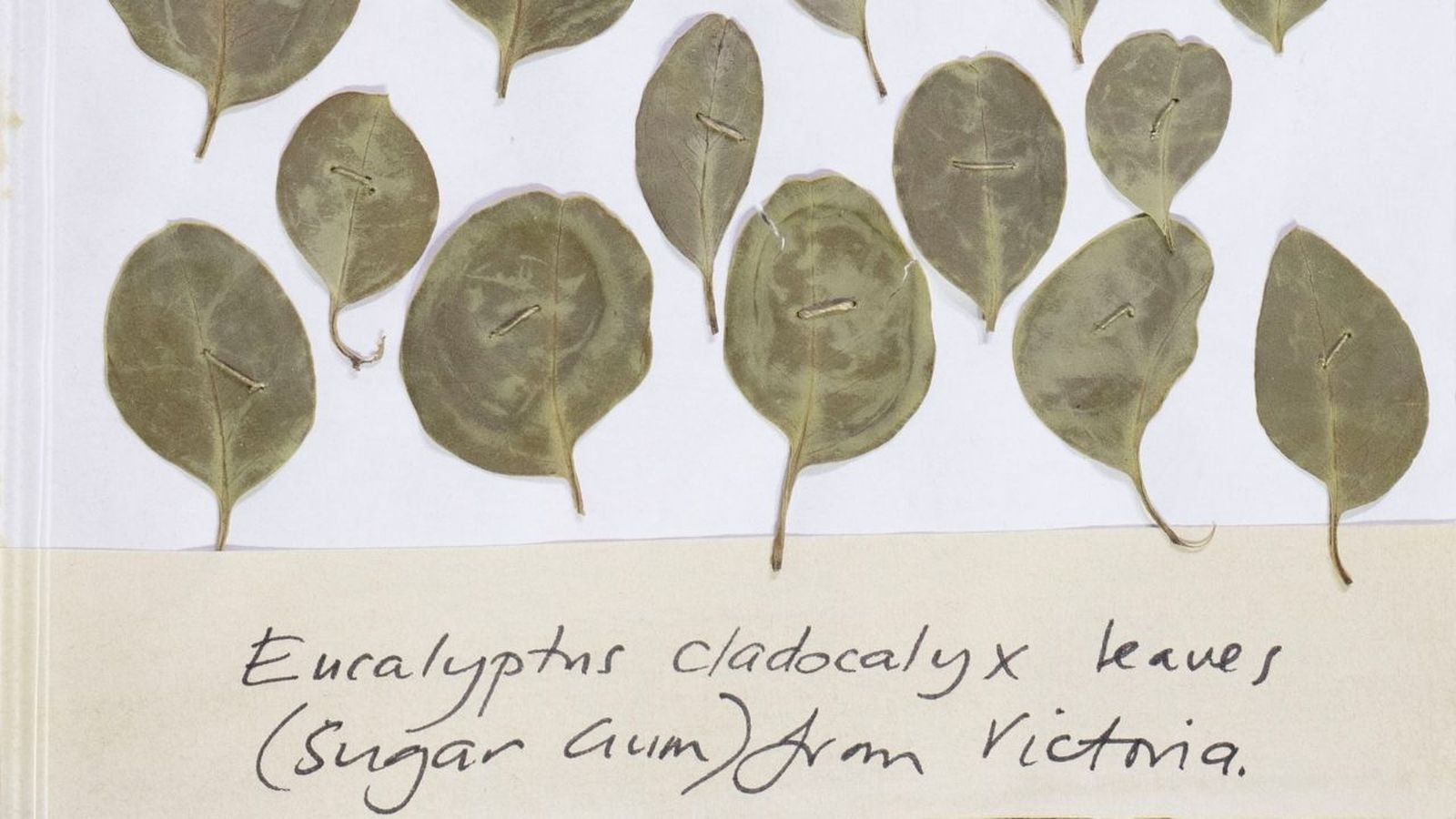Liz Williamson

Liz Williamson
Internationally recognised textile artist Liz Williamson just returned to Sydney from India before the lockdown. She shared deep condolences to her students and friends in India, who faced serious challenges in the pandemic.
The journal is a comprehensive documentation of Liz’s research and conceptual sketches for her projects in the coming exhibition Make the World Again. Inspired by reading and listening to the radio, Liz included her samples, experiments, off cuts, and collages in this journal.
“Our world goes to pieces; we have to rebuild our world. We have to find strength rather than our weakness. Out of the chaos of collapse we can save the lasting; we still have our ‘right’ and ‘wrong’, the absolute of our inner voice – we still know beauty, freedom and happiness…unexplained and unquestioned.” Anni Albers “Anni Albers: On Designing’ published in 1944. From the chapter titled “One aspect of art work.’
We asked Liz three questions about her experience of isolation, completing this journal and her hope for the future. These are her responses:
Describe the experience of the period of isolation for you.
Adjusting to being at home and in the studio on an ongoing basis. This period of isolation has coincided with not being involved with teaching so I would have been in the studio anyway but have been here more than expected because of the pandemic.
Concerns during this period.
- Getting the virus!
- In the first weeks of the lockdown, concerned about friends and colleagues here and overseas so wrote many emails to catch up. Had contact with people I had recently travelled to India with and we were all pleased to have travelled when we did (December 2019, January and to February 2020) and were not overseas when all travel bans introduced.
- Concerned about the arts sector, lack of financial support for the sector, the recent Australia Council grants and general lack of support for this sector for the government.
- Concern about the education sector also and potential restructures of universities and the lack of transparency shown by leaders.
- Concerned about colleagues and artisans in India especially after Modi’s immediate introduction of lockdown and brutal treatment of workers from the informal sector. Images in the news of the way police brutally enforced travel bans was shocking; giving workers from the informal sector three hours to travel home was totally shocking. 90% of India’s economy is reliant on workers in the informal sector (often called daily wage workers); they have no resources, no security, most live away from families and villages and walked hundreds of kilometres to get to their villages to be with family (even there no guarantee of food).
- My Indian friends seemed to be OK as they had resources but most of the social enterprise groups / organisations I follow are calling for donations to assist artisans.
- West Bengal was devastated with super cyclone Amphan in late May. Staff at a favourite homestay in Kolkata, where I stayed with the Cultural Textiles students, lost the homes, whole villages were devastated, and recent grain harvests were lost; a harvest done with great difficulty under severe lockdown conditions. I’m calling for donations to assist with rebuilding their homes and villages and many of the Cultural Textiles students have been very generous in donating. As we stayed in Kolkata for 10 days, we all got to know these workers and every day they cooked great meals and kindly attended to every request.
What does your book represent and how did you approach the challenge?
It represents what I’ve done in the studio and what my next two projects will be. Having not kept a journal for some time, I’ve used this book to begin recording ideas again, thinking of colours and revitalizing ways of looking at what I can do with materials at hand in my studio. I nearly didn’t accept the challenge of the iso project but am now pleased that I did!
What do you hope will change in Australia as a result of the pandemic?
- Federal and state governments to continue to discuss, collaborative on issues and take advice of experts. They need to take greater care of people, their circumstances and issues of climate change.
- More transparency shown towards Australians from our leaders, politicians, CEO’s / heads of organisations, institution including universities.
- Cities stays a little quieter as less planes flying overhead, and skies are clearer.
Liz Williamson is an internationally respected textile artist who began weaving in the late 1970s. Her work engages with cultural associations, history and construction of cloth with the relationship between clothing, memory and the body informing her practice. Since establishing her studio in 1985, Williamson has designed for industry, created works for major exhibitions and maintained an ongoing studio production. Specialising in hand-woven textiles, her work embraces traditional techniques alongside digital processes with some designs being woven in India. Williamson’s work is represented in most major public collections in Australia including the National Gallery of Australia, the National Gallery of Victoria and the Powerhouse Museum.
In 2007 Williamson was selected for the prestigious Living Treasures: Masters of Australian Craft series, an award given by Object Gallery and Craft Australia acknowledging her 30–year contribution to the craft and design sector through practice, education and advocacy. The exhibition Liz Williamson: Textiles opened at Object Gallery in November 2008 before touring regional galleries nationally during 2009, 2010 and 2011. Dr Grace Cochrane is the author of the publication with the same name.
In 2008, Williamson was appointed as Head, School of Design Studies, College of Fine Arts, University of New South Wales, Sydney. She regularly presents lectures and workshops in Europe, Asia, North America, with those in Asia being her current focus.
artdesign.unsw.edu.au/about-us/our-staff/associate-professor-liz-williamson
View Liz Williamson's journal here:
Image: Liz Williamson, Design/Isolate Journal (detail), 2020.
